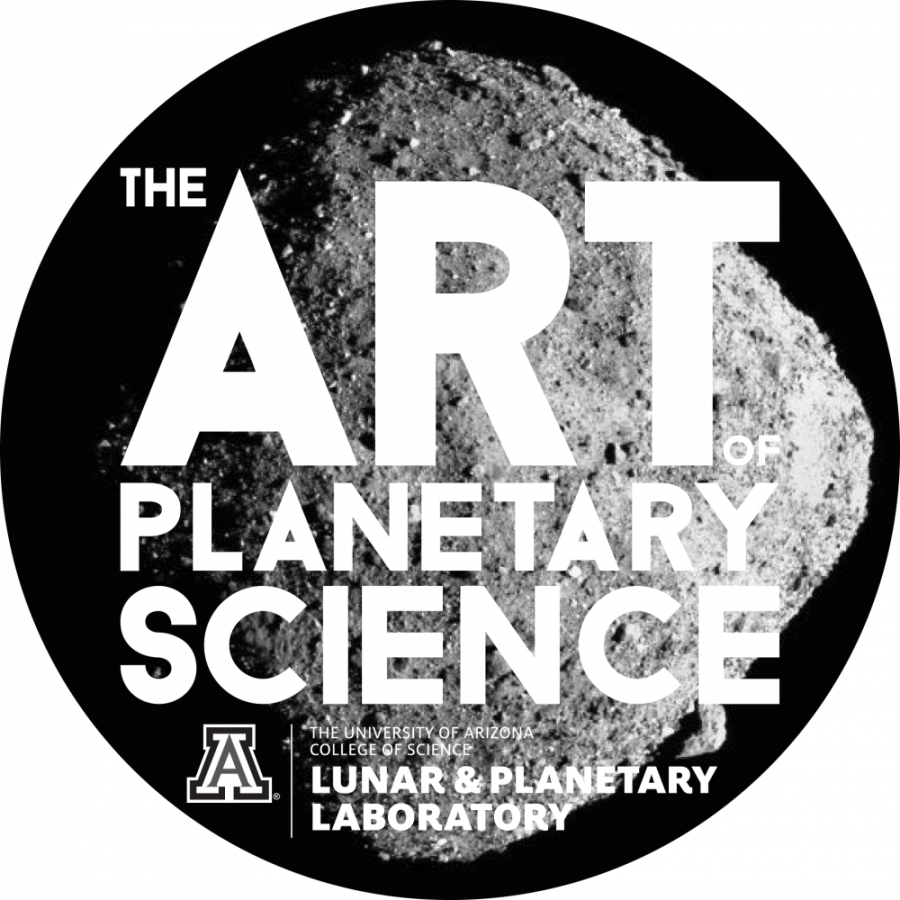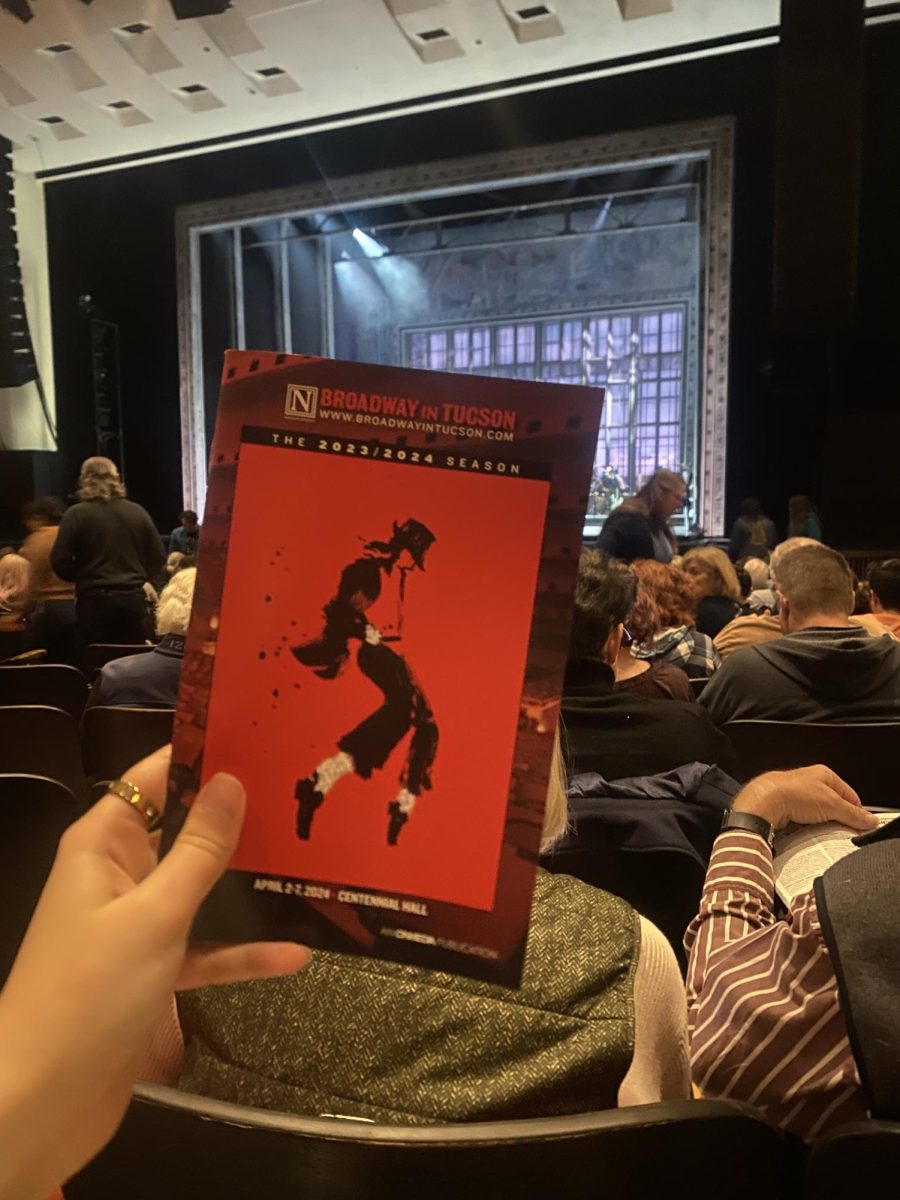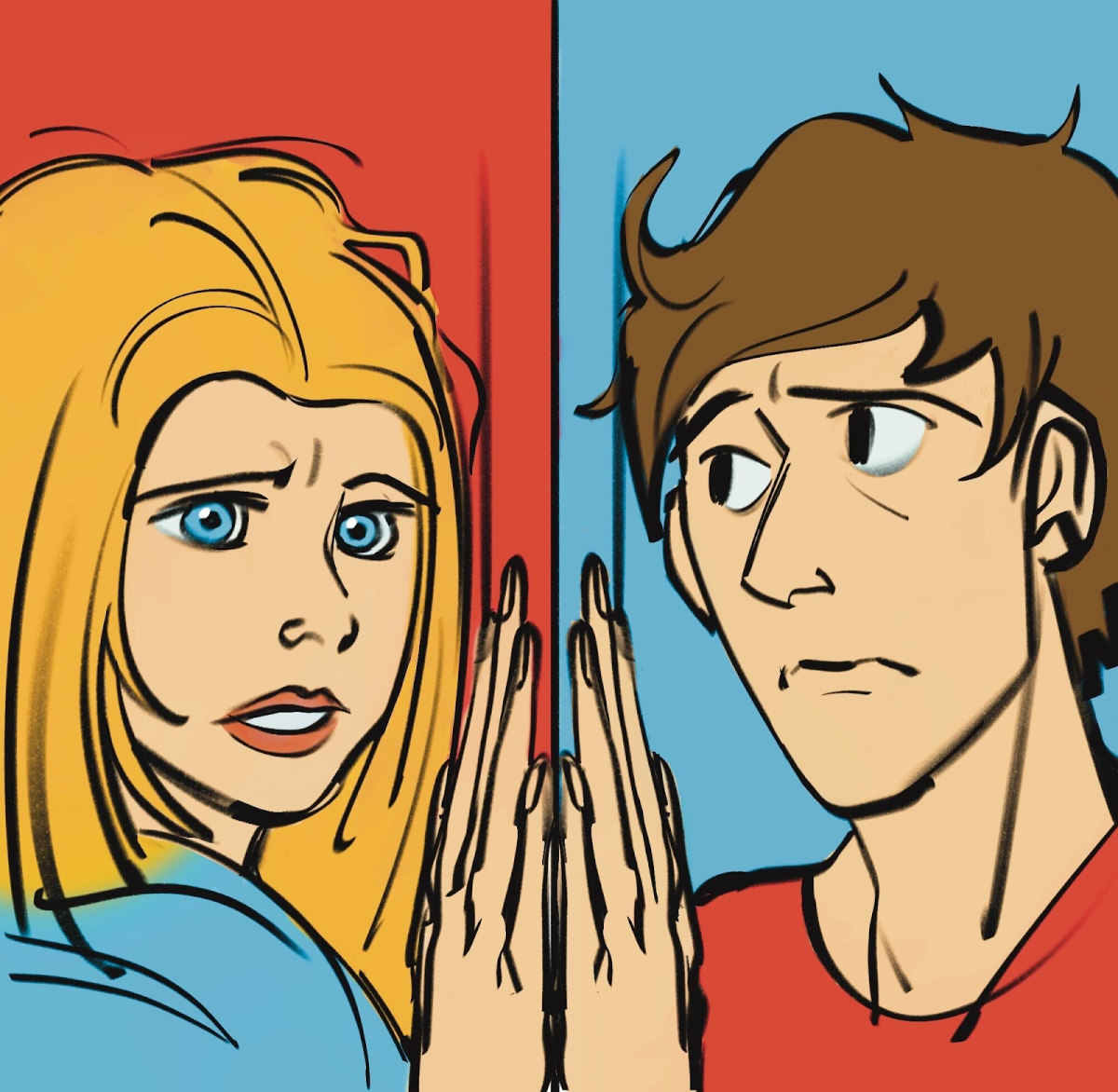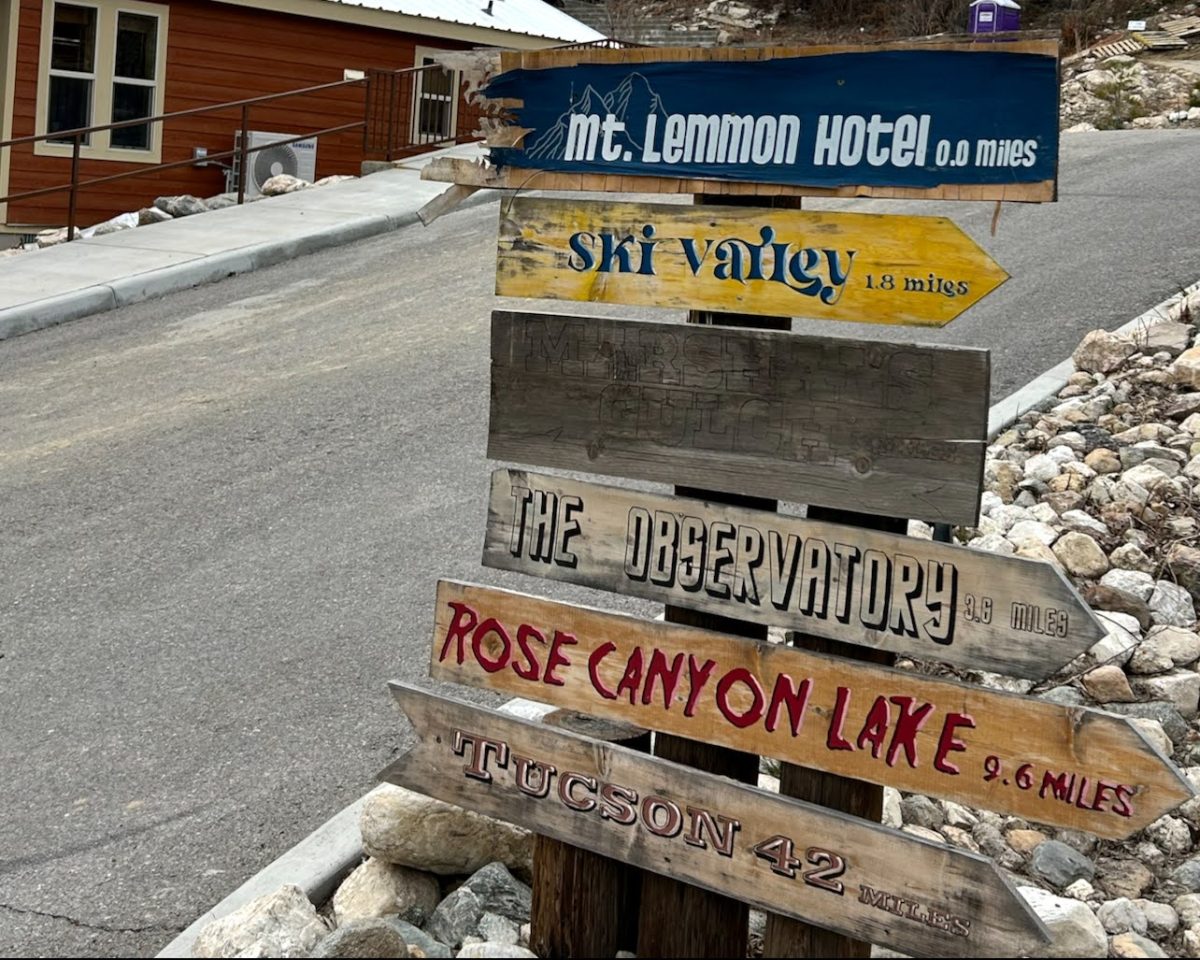The wonders of the universe can be hidden from us, but with the help of scientists and artists alike, we can see worlds outside of our own reality.
On the weekend of Nov. 15-17, the University of Arizona’s Lunar & Planetary Laboratory, or LPL, is presenting the sixth annual “Art of Planetary Science” art exhibition, which aims to celebrate the “beauty and elegance” of the universe beyond our reach.
“Art of Planetary Science” began in 2013 with UA graduate students from the LPL. Succeeding graduate students have continued to volunteer to keep it running.
RELATED: OSIRIS-REx spacecraft getting closer to collecting asteroid samples
Jamie Molaro, a UA alumna, is the original founder of the event.
“We started this show as a way of trying to share something deeper and more fundamental about science with the community,” Molaro said. “Not just the facts of it all, but how those facts reveal the beauty of the universe and the wonder that comes with exploring it.”
Molaro expressed her excitement in seeing the exhibit continue for another year, saying that she was happy to see the scientists behind it and how they “help to spread the value of this kind of event,” as well as seeing how the “community continues to respond with more incredible art.”
The lead organizer of this year’s event is Allison McGraw, a second-year graduate student who is currently studying asteroids and meteorites.
After submitting art as an undergraduate student, she has gotten to watch the event grow over the years, McGraw said. She hopes to engage with the public and show them the data collected at the LPL.
“It’s not all just numbers. There’s a visual component to the science,” McGraw said. “It’s an outlet for us to take those complicated ideas and show off the jargon and equations in a digestible format.”
RELATED: Q&A: Professor and astronomer receives $875,000 to study supermassive black holes
The exhibit will feature both data art and fine art.
Data art, according to McGraw, is art based on scientific data from a scientist’s work. Fine art is made by anyone who is inspired by planetary science.
“We allow any art, of any medium, from any artist, of any level,” McGraw said.
Although submissions are closed for this year, all are welcome to submit artwork for next year’s show. The window for submissions is March through August. According to McGraw, this year’s event organizers have received about 250 submissions from about 110 international artists.
Over the past few years, prolific scientist William Hartmann has been a consistent artist at this event. According to UANews, Hartmann was one of the earliest UA graduate students under LPL founder Gerard Kuiper, co-founder of the Planetary Science Institute and best known as one of the first to propose that the moon was the result of Earth’s collision with another planetary body.
Hartmann said that his paintings are inspired by the visualization of “what it would be like for a human being to visit and experience various planetary bodies.”
“The ‘Art of Planetary Science’ gives me and other artists and scientists a chance to explore the interface between visceral human experience and our discoveries about the universe around us,” Hartmann said.
The exhibition will also feature a performance by local band Galactic Cactus, a telescope viewing and a special exhibit called “Arizona Asteroid Art” in partnership with Arizona State University, exhibiting artwork inspired by UA’s OSIRIS-REx mission and ASU’s Psyche mission.
Opening night is Friday, Nov. 15, from 5-9 p.m. at the Kuiper Space Sciences building. The event will continue through the weekend on Nov. 16 and 17 from 1-5 p.m. Admission to the event is free.
Stop by the event and experience “the wonders and diversity of planetary science, which in itself shows the breadth of the UA science,” McGraw said.
For more information, check out LPL’s website at www.lpl.arizona.edu/art.
Follow Isabella on Twitter





















